Jiaoling Youren collar is one of the most prominent features of Hanfu. Jiaoling Youren (交领右衽, cross-collar-and-right-wrapped, the left lapel covers the right lapel when wearing) is a typical collar that has been passed down in Chinese civilization for thousands of years.
Traditional Chinese costumes are profound and have a long history, Jiaoling Youren is like the main thread connecting thousands of years to continuously inherit infinite beauty.
What is Jiaoling Youren?
One of the most prominent characteristics of Hanfu is the collar design that crosses from left to right to form a “Y” shape known as Jiaoling Youren (交领右衽 ; jiāo lǐng yòu rèn).
This collar design has a history of more than 5,000 years dating back to the Zhou dynasty. Although Hanfu continues to innovate with different styles such as central front collar, square collar, round collar, U-shaped collar, and others, cross-collar Hanfu still maintains its mainstream position among these styles.
The Historical Evolution of Jiaoling Youren
Chinese clothing civilization can be traced back to the Paleolithic Age, the character “衣 (clothing)” in the oracle bone script clearly reflects the shape of a “cross collar” or “cross wrap”. The text has better traceability and stability than clothing, therefore it is reasonable to believe that cross-collared clothing not only appeared during the Shang dynasty but originated from much earlier times in ancient China.
More than 3,000 years ago in Anyang, Henan Province, Chinese ancestors wore Jiaoling Youren clothing for production labor. From heritage images, it can be seen that the Jiaoling Youren style features symmetrical lapels that overlap inside and outside and are mainly tied with belts, ties, and other accessories.
Ancient texts record that Confucius once said, “行夏之时,乘殷之辂,服周之冕”, meaning “Practicing the Xia dynasty calendar, riding the Shang dynasty vehicle, and wearing the Zhou dynasty ceremonial hat”, indicating an ancient clothing system that inherited and passed on.
The Sanxingdui site located in the Sichuan Basin also found images of Jiaoling Youren’s clothes. From the bronze bust, one can see that Jiaoling Youren’s style featured symmetrical lapels that overlapped inside and out.
During the Spring and Autumn period, cross-collared and right-shouldered garments were still worn with symmetrical lapels overlapping from the inside out without using buttons, but fastened with a belt. Like the pottery statue excavated from Niu Village, Houma City, Shanxi province, the collar is distinctive with the corners.
In the early Warring States period, people in the Chu region continued the lapel styles from this period. The bell-shaped human figures in Bianzhong excavated from the Zenghouyi Tomb in Suizhou, Hubei province reflect structures similar to those found in pottery figures excavated from Niu Village. They were also Jiaoling Youren with symmetrical lapels that overlapped from the inside out.
Typical remains were also excavated during the mid to late Warring States Period. Silk clothing items excavated from Mashan No. 1 tomb, Jingzhou City, Hubei Province feature Jiaoling Youren with symmetrical lapels that overlap from the inside to the outside.
The Qin dynasty was famous for its terracotta warriors who mostly wore Jiaoling Youren clothing with symmetrical lapels that overlapped from the inside to the outside.
During the Western Han dynasty, the basic structure of the collar continued from pre-Qin times. Written texts passed down or excavated repeatedly describe a clothing culture passed down from generation to generation. The Han stone portraits, murals, and pottery statues scattered throughout the country during the Eastern Han period fully embodied the universality and foundation of Jiaoling Youren’s clothing.
For example, the earliest portrait of Huang Di was found in an Eastern Han portrait stone. Huang Di wears a crown on his head and the clothes of Jiaoling Youren, reflecting the collective memory of traditional dress among the people of the Eastern Han dynasty.
During the Wei and Jin times, the term “Yi Guan Nan Du (costume system spread to the south)” appeared. But in reality, the original Hanfu system still exists and was passed down in China’s Yellow River Valley.
Careful examination of remains from the Wei and Jin periods reveals a common structural pattern: the Jiaoling Youren, with symmetrical lapels that overlapped from the inside out, tied mainly with a belt, tie, and other accessories.
During the Eastern Jin dynasty and later Southern dynasties, clothing with a Jiaoling Youren collar predominated.
In the Northern dynasty region, Jiaoling Youren’s clothing is also popular among the Huaxia and non-Huaxia. Although the clothing of the Northern dynasty retains the characteristics of different ethnic groups, it also makes extensive use of the cross-collar structure, which fully demonstrates that Chinese civilization has the commonality of “seeking similarities while tolerating differences.”
During the Sui and Tang dynasties, robes with round collars and crossed collars gained popularity. However, the structure of Jiaoling Youren is still widely found among people regardless of gender or social status. Imperial officials, literati, knights, and ordinary men and women all wore such a dress structure.
The Tang dynasty was a period of frequent exchange of foreign currency, and some clothing incorporated elements of Hu clothing with Han Chinese characteristics.
The Hanfu system is open and wide like concentric circles spreading outward. It overlaps and blends the transition zone with other clothing cultures, demonstrating creativity and richness after the clash of cultures.
Apart from secular portraits, divine images are no exception. In this Tang dynasty Fu Xi Nu Wa drawing, women’s clothing has a crossed collar on the outside and a curved collar on the inside, while men’s outerwear has a round neck that can be folded into a collar, while underwear has a round neck. This reflects the dress customs that were common at the time. It can be seen that people at that time wore various styles of collars simultaneously.
After the Five Dynasties period, the Song dynasty emerged which inherited the Huaxia Hanfu system and developed it further on this basis.
This artifact fully demonstrates the basic feature of Hanfu: clothing with a Jiaoling Youren collar. Apart from being tied with a tie, buttons were also introduced which had the characteristics of its own era. Although most Song dynasty women wore Baizi and Shanzi with the front open on opposite sides, the crossed collar structure remained a style essential.
The Liao dynasty implemented a double-track system divided into “Guo Fu” and “Han Fu”.
The Jin dynasty mostly wore left-wrapped garments, but there were also some right-wrapped garments.
The Yuan dynasty also used the Jiaoling Youren collar.
After the founding of the Ming dynasty, Zhu Yuanzhang “inherited from Zhou and Han, and took from Tang and Song”, further inheriting and developing the Hanfu system.
There are many pictures and literary records, as well as artifacts about Jiaoling Youren’s clothing during the Ming dynasty. As the basic style worn by people of all ages, genders, ranks, and statuses, its various forms have been prevalent throughout history.
Despite the many fashion trends in women’s clothing in the late Ming dynasty, the Jiaoling Youren top remained a common basic style that could not be replaced by fashionable clothes at that time.
Literary records not only demonstrate this trend but archaeological discoveries also show that women still frequently wore various styles of Jiaoling Youren dresses along with other fashions in the late Ming dynasty.
During the Ming dynasty, western learning came eastward, missionaries came to China one after another to engage in academic cultural exchange with the Chinese elite.
The portraits of Matteo Ricci and Xu Guangqi fully depict the openness and tolerance of Chinese civilization and the spiritual quality of accepting all rivers.
Jiaoling Youren Culture
Chinese culture values harmony between yin and yang, which is reflected through a balance between left and right. Just like the character “汉” in “Hanfu”, the last two strokes intersect to create a balanced shape.
The shape on the right side of “汉” is very similar to the collar on a cross-collared dress and is wrapped on the right, indicating that Hanfu also embodies the cultural implications of balance and harmony.
Therefore, there is an easy way to identify Hanfu: by checking if there are any internal ties after receiving the clothes.
Although some people may replace these straps with buttons, straps are still more flexible & comfortable when paired with different body types so they still dominate the main Hanfu trend today. As one of the carriers of Chinese culture, each component of Hanfu carries unique cultural meanings & development patterns.
When we consider Jiaoling Youren as a representative symbol that reflects unique characteristics that are thousands of years old, other collars such as round collars, square collars, and central front collars, are also important components that reflect China’s deep cultural heritage in terms of dress code over the past centuries.
There are hundreds of types of collar designs in traditional Chinese clothing, They represent a valuable cultural resource that a particular ethnic group could possess in a particular era or a particular region – collectively forming the diversity that exists in various clothing cultures across China.

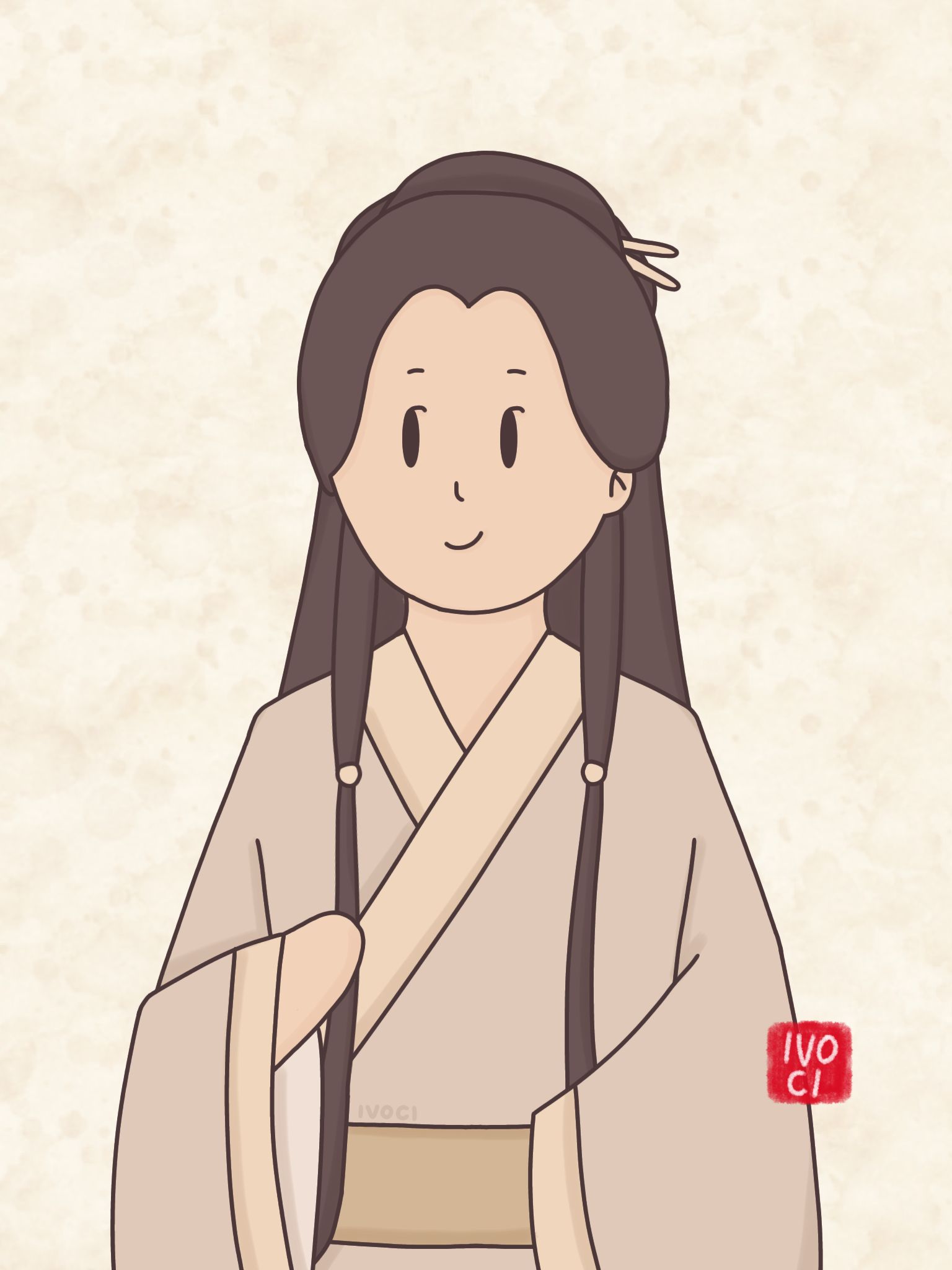
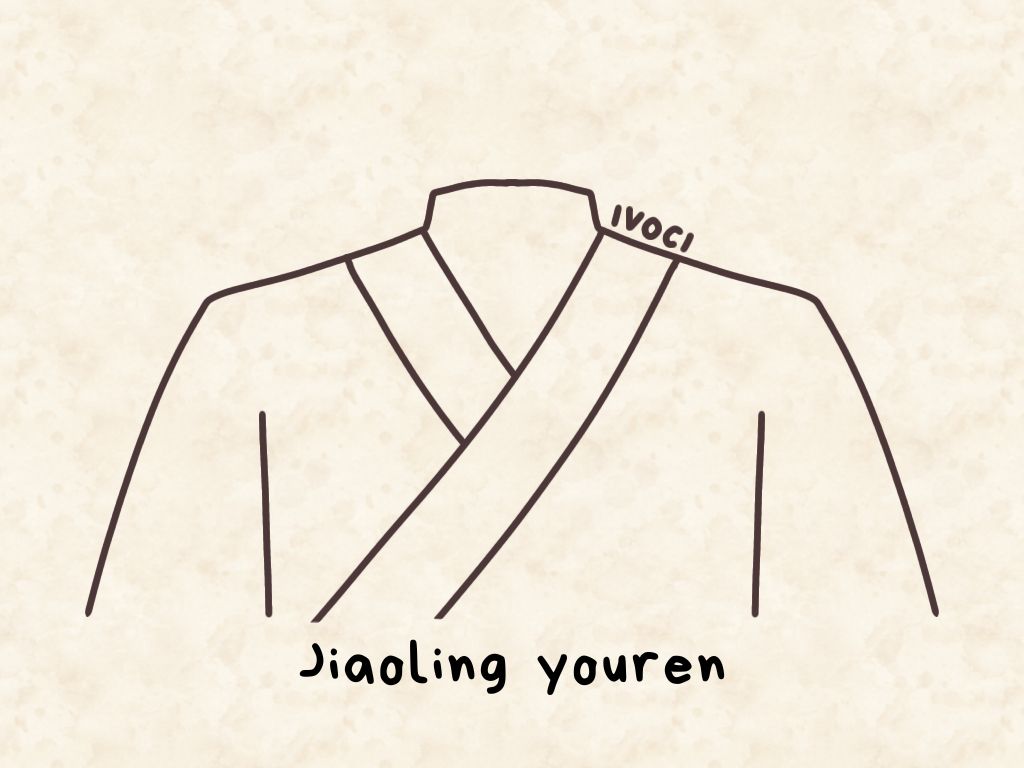
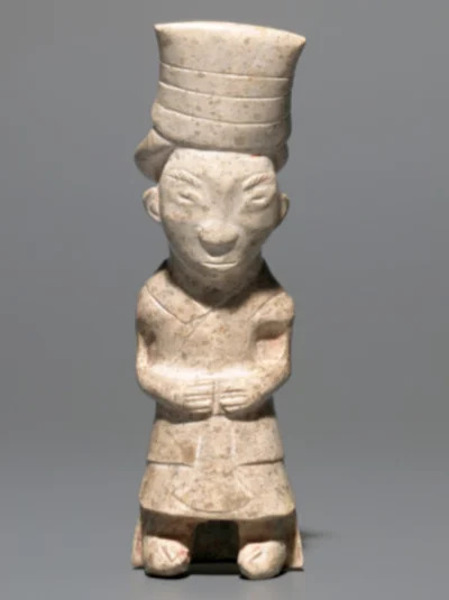
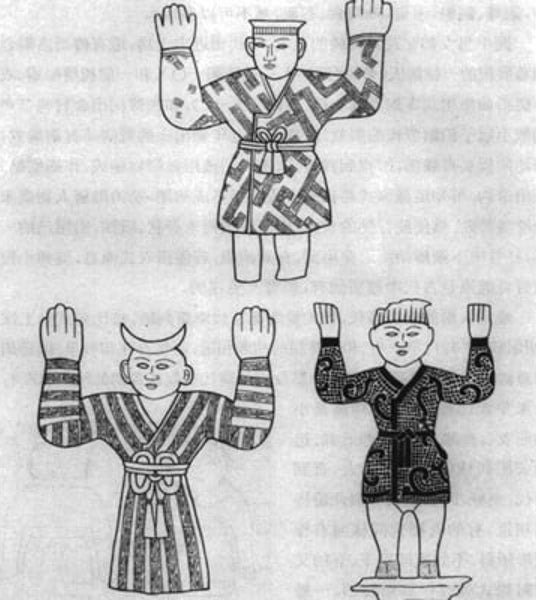
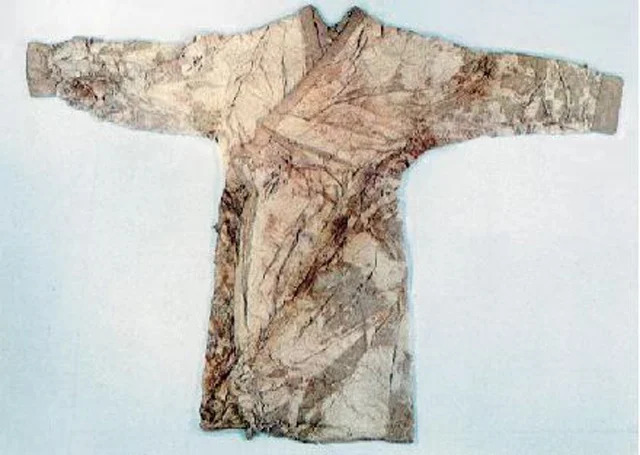
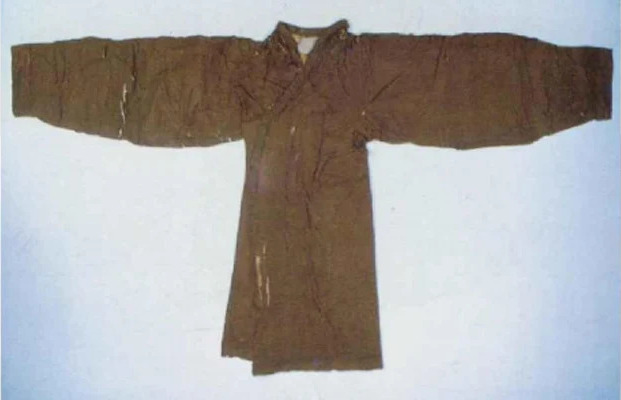
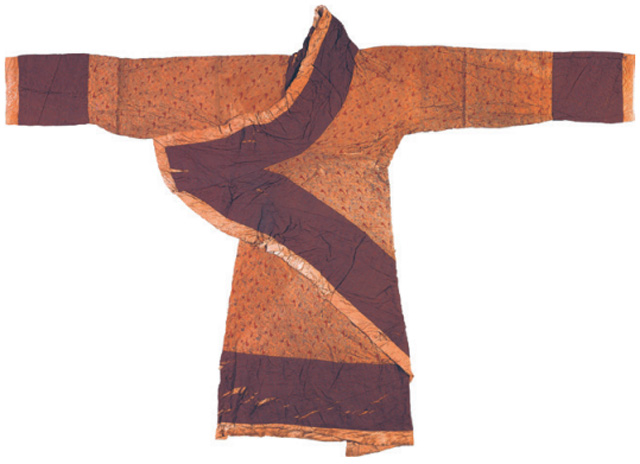
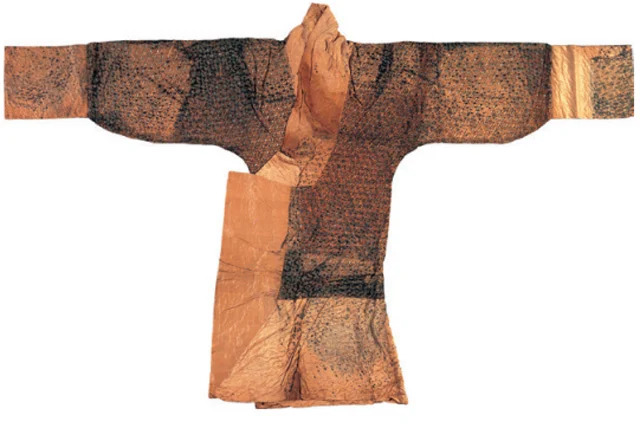
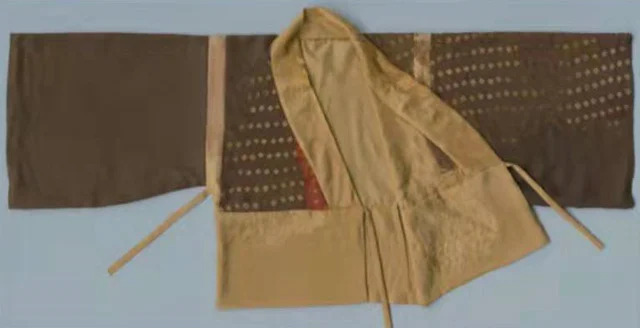
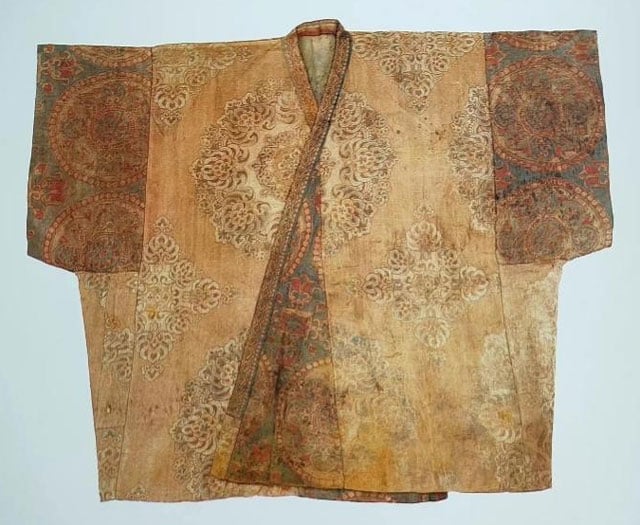
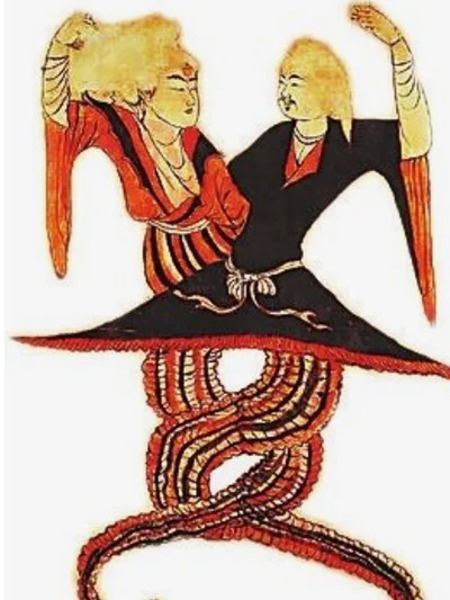
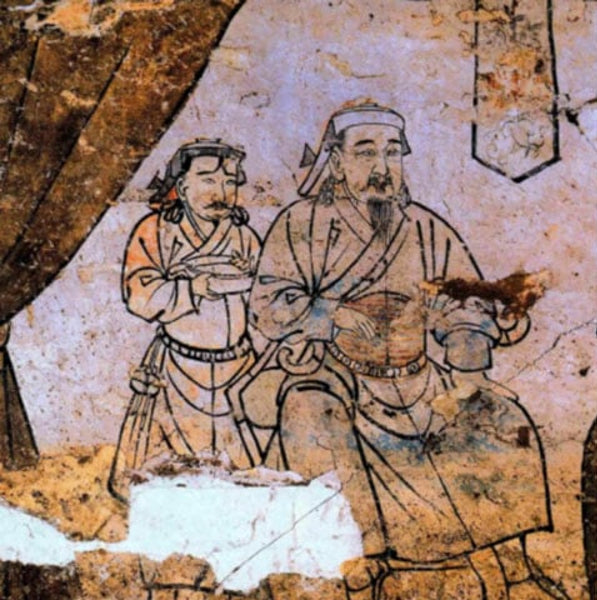
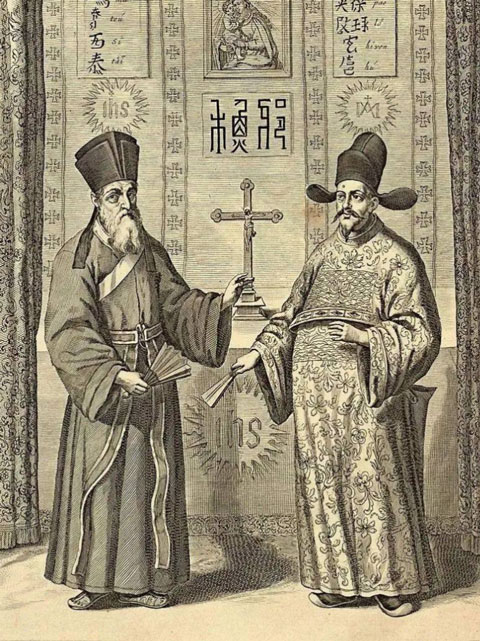
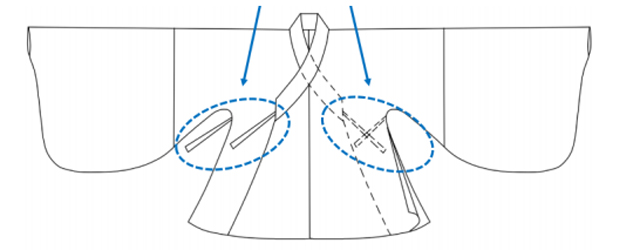
Leave a Reply